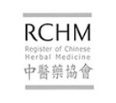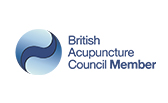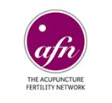Acupuncture Channels
The Chinese word Qi also means, air and breath, thus intimately associated with life, like the concept of prana in yoga and ayurvedic theory. Qi can be understood as a description of physiological processes or function, as a dynamic. In many ways it makes more sense to think about it like this than simply as a substance.
Channels (Jing Luo) arise from their respective organs and flow deeply, but then surface to form superficial pathways over the trunk and limbs. It is these parts of the channel on which we may affect the Qi with acupressure massage or needling. The term Jing refers to the main channels which are needled, and Luo to a more weblike arrangement of transverse vessels, sometimes translated as collaterals.
Along the course of the channels there are places where the Qi is becomes more dynamic or ‘plunges’ more deeply. Using the metaphor of a river, where it arises it is shallow diffuse and easily affected (fingers and toes), when it becomes a stream it has a specific course and is dynamic but is still easily altered (Wrists and ankles) and by the time it reaches the sea it is deep and powerful (Elbows and knees). This concept and the numerous possible eddies, falls and bends is a nice way of understanding acupoints.
The channels and points have various interconnections and groupings which are related to their functions and to how they affect the different organs, and there are many layers of meaning and understanding related to the actions of the points on different aspects of the organs.
Disease is seen to manifest because of a dysfunction in the organs or blockage of flow in the channels. By needling a carefully considered choice of key acupoints we aim to harmonise the flow of Qi, removing blockages and fostering conditions where deficiency may be replenished and healing may occur.
Research
Acupuncture Channels
There is also new research being done looking into the connective tissue network and fascia which connects and supports all tissues in the body suggesting that perhaps acupuncture relieves constrictions in this network which has reflex and possibly neurochemical effects at distant sites.
Some studies have shown a high anatomical correlation between fascial planes and intersections and acupuncture channels and points. See the work of Robert Schleip at the Fascia institute in Ulm and Helene Langevin at McGill university in Vermont.






